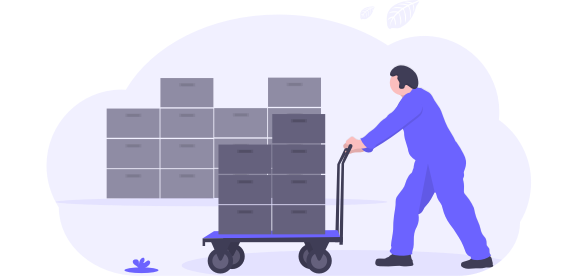How to Automatically Distribute Transcripts with Zapier

How to automatically distribute transcripts using Zapier
Do you find yourself spending a lot of precious time manually uploading new transcripts to cloud storage or sharing them via email? There's a smarter way to handle these tasks.
Zapier is a powerful tool that connects your apps and automates workflows. By integrating Zapier with Transcribe, you can automate the file-sharing process, saving you time and reducing the chance of human error.
Whether it's sending new transcription files to Dropbox or Google Drive, sharing them with team members via email, or even posting them directly to your project management tools, by using Zapier with Transcribe, you can make your transcript management practically hands-free.
Here's a step-by-step guide to help you set up Zaps that automatically distribute new transcripts created with Transcribe.
1. Register with Zapier
First things first, register with Zapier or log in to your account if you're already registered.
2. Connect with Transcribe
Tap to create a Zap, search for Transcribe, and select the Transcribe app as your trigger.
3. Create a Zap
In the App & event tab, click the Event dropdown and select Transcription Finished to create a Zap.
4. Input your invite code
In the Account tab, you'll be asked to input an invite code to connect to Transcribe. Visit Transcribe.com on a web browser, go to your settings, and you'll find the code at the bottom of the page.
5. Complete the information about your desired Trigger
In the Trigger tab, enter your preferred transcription format, and whether you want the transcript to include timestamps and speaker separation.
6. Test and publish
Once that's done, you can test the trigger before publishing it
Popular automations for transcription distribution include:
-
Sending emails in Gmail when transcriptions are finished in Transcribe
-
Uploading completed Transcribe transcriptions to Google Drive as new files
Follow this link to quickly create popular Zaps.
Explore more Zapier automations with Transcribe
Want to go a step further in streamlining the transcription process? With Zapier, you can also automate the transcription of new audio and video files when they're uploaded to cloud storage or received via email.
For example, you can set up a Zap to trigger transcription when a new audio file is received via Gmail, or when a new video file is uploaded to Dropbox.
Check out our guide on how to automate transcription with Zapier.